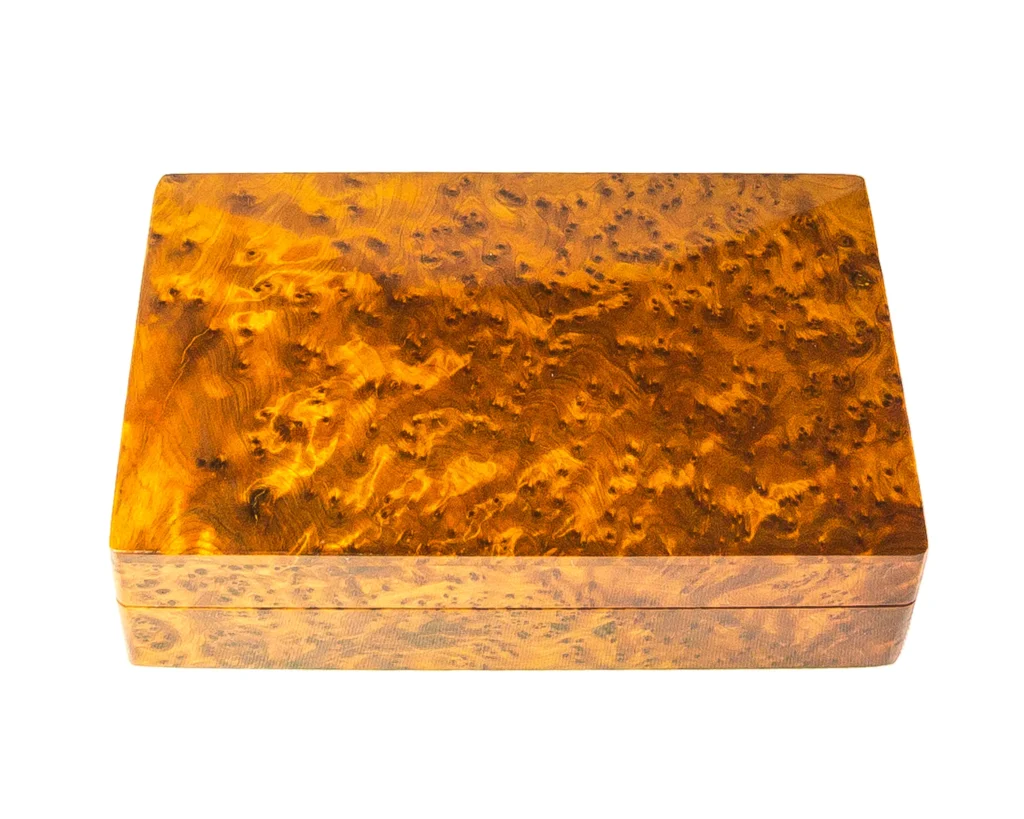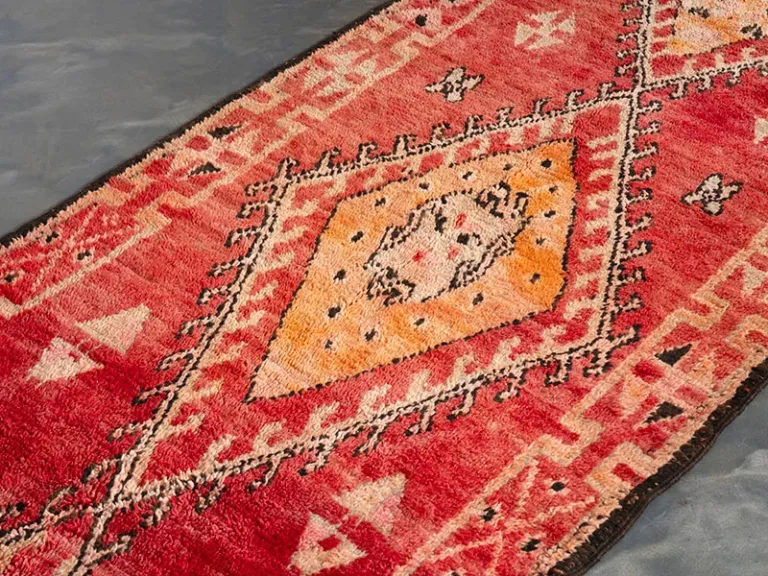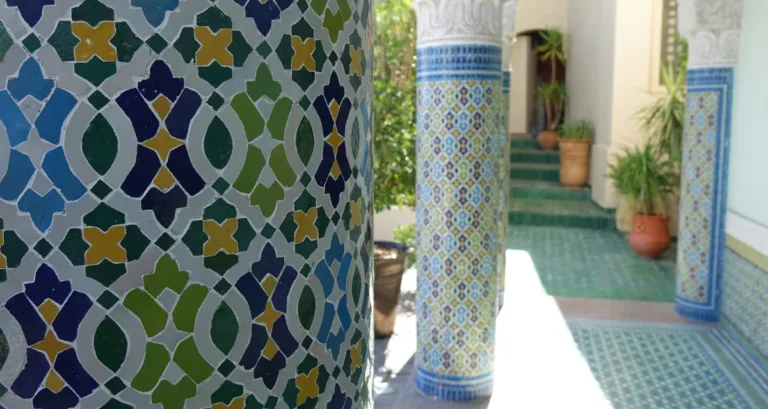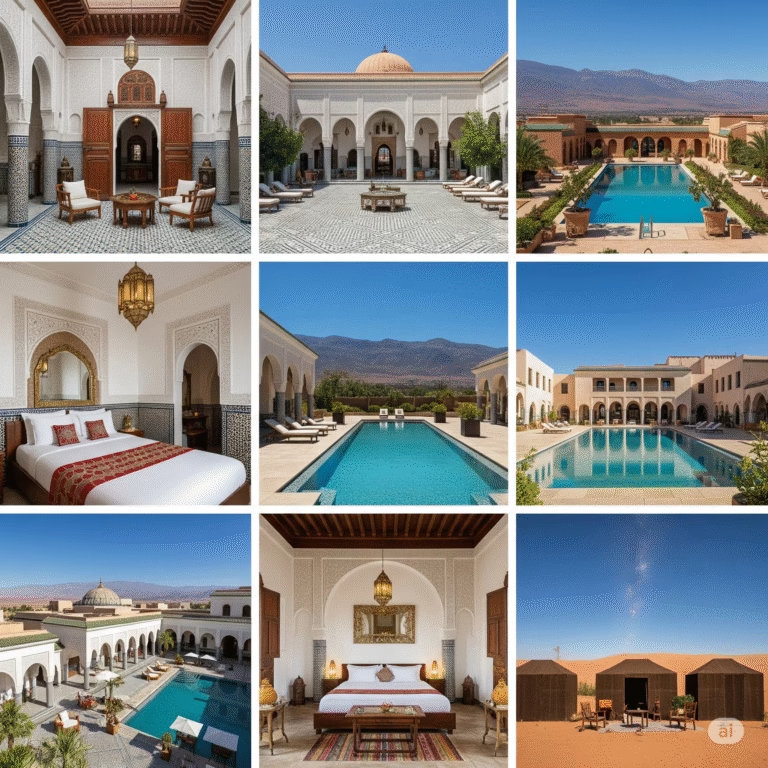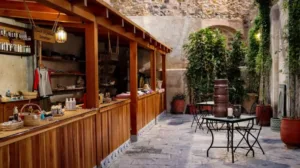Fez — In Morocco, artisans have shaped araar wood for centuries into boxes, trays, chessboards, and elegant tables. Known internationally as thuya, araar comes from the tree Tetraclinis articulata, prized for its rich scent and swirling grain.
The most valued part is the burl from the roots, where tight knots create striking patterns that make each piece unique.
Walk through the medina in Essaouira and you will hear the steady rhythm of tools in small ateliers. Maalem craftsmen select seasoned wood, cut it along the grain, and match panels so the patterns flow.
Many pieces are finished with fine marquetry, using lemonwood, ebony, cedar, or mother-of-pearl to add light and contrast. The result is simple and refined. A small jewelry box can look like a polished landscape. A coffee table can feel like a one-of-a-kind sculpture.
Araar wood has a natural, spicy fragrance that lasts for years. It also has a smooth finish. Artisans sand the surface by hand, then seal it with natural oils and shellac for a soft sheen. Some still rub with pumice stone to achieve a glassy touch. This slow process protects the wood and brings out deep browns and golden highlights without heavy varnish.
The craft grew in Essaouira in the 18th century when the port opened to world trade. Local makers supplied nobles, travelers, and merchants with fine inlaid pieces that carried the city’s name across the Mediterranean.
Today, the tradition continues in family workshops that pass down methods from master to apprentice. Modern designers now collaborate with these studios to create clean lines and contemporary forms while keeping handmade quality at the center.
Sourcing matters. Araar trees grow in pockets across southwest Morocco. Responsible workshops work with cooperatives and forestry services that control cutting and encourage replanting.
Makers prefer wood that has been air-dried for years to reduce cracking and waste. Buyers can ask about origin and finishing to support the most careful practices. Choosing well-made pieces helps the craft and the forests that sustain it.
How to maintain araar wood
At home, araar is easy to care for. Keep it out of the strong sun and away from heaters. Wipe with a soft dry cloth. If the surface looks dull after a long time, a drop of mineral or linseed oil on a cloth can refresh the glow. Avoid harsh cleaners and soaking in water. With basic care, a box or tray can last for generations and even look better as the wood deepens in color.
What makes araar special is the feeling it gives. The grain looks alive. The scent opens when you lift a lid or set down a cup. The surface feels warm to the touch.
A small pen holder on a desk, a sleek charcuterie board for a dinner, or a set of coasters for tea can bring that quiet luxury into daily life. Larger pieces, like consoles or side tables, become easy focal points without shouting.
Moroccan araar wood crafts are both familiar and rare. They fit in a modern apartment or a traditional riad.
They are useful, but they also tell a story of place, skill, and time. That is why people collect them, gift them, and keep them close. Each piece is a reminder that the best design starts with good material and patient hands.

